Tucked into the heart of Puglia, Italy, Valle d’Itria pulled me in the very first time I wound my way through its narrow roads. This countryside feels like a patchwork quilt—rolling hills, ancient olive groves, vibrant vineyards, and that rich, rusty-red soil everywhere you look.
But let’s be honest, the real magic comes from the trulli houses. These quirky limestone dwellings with their cone-shaped roofs look like something out of a fairytale. You spot them scattered across the land, and it’s almost impossible not to smile.
I’ve lost count of how many mornings I’ve spent wandering here, letting the landscape roll out in gentle waves of green and gold. Valle d’Itria isn’t just pretty—it’s alive. People still live and work much as they have for generations, even as modern Italian life buzzes alongside.
Towns like Alberobello, Locorotondo, and Cisternino show off these trulli in all their glory. You get a taste of real Puglian hospitality in every café, every smile.
Honestly, my favorite thing to do in Trulli Land is to get lost. I just let myself drift—driving or cycling—down country roads. That’s how I stumbled onto hidden trulli farms, family-run vineyards, and those panoramic viewpoints you never see in guidebooks.
If you slow down here, Valle d’Itria rewards you. It’s a place to savor, far from the busy coastal crowds that most people associate with Puglia.
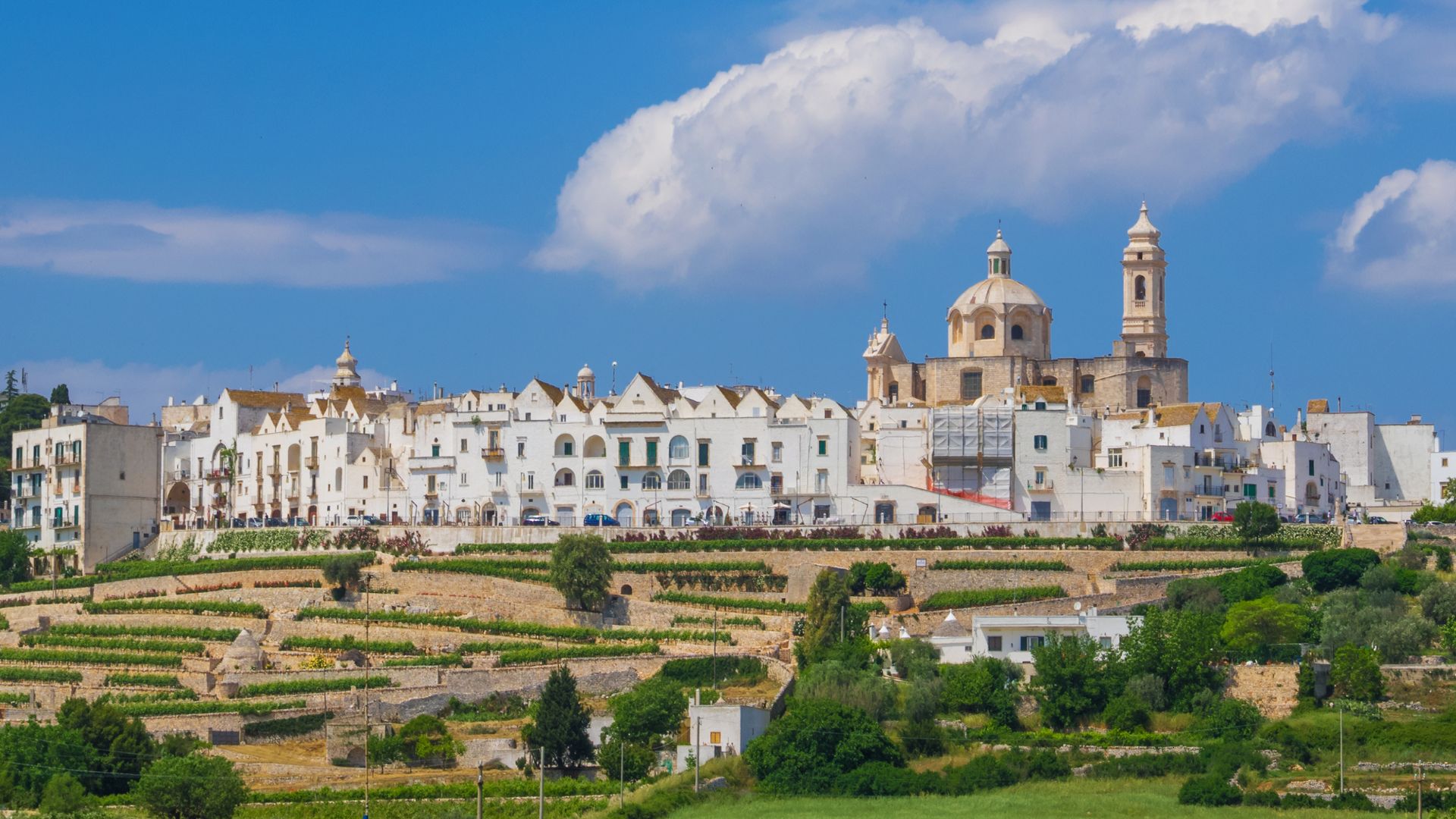
Discovering the Heart of Trulli Land
The first time I glimpsed Valle d’Itria’s rolling hills, dotted with those unmistakable cone roofs, I felt completely enchanted. This corner of Puglia gives you an authentic Italian vibe, far from the masses.
The Unique Landscape of Valle d’Itria
Valle d’Itria stretches from Ostuni eastward toward Taranto, forming one of Italy’s most distinctive rural backdrops. As I drove through, gentle hills and ancient olive groves greeted me at every turn.
Some of these olive trees are over a thousand years old. Their twisted trunks hint at centuries of careful tending. Vineyards and stone walls break up the countryside into a patchwork that’s honestly hard to describe if you haven’t seen it.
Here, nature and tradition blend in a way that feels effortless. Farmers still use age-old methods alongside modern olive oil production. The place feels alive, not frozen in time.
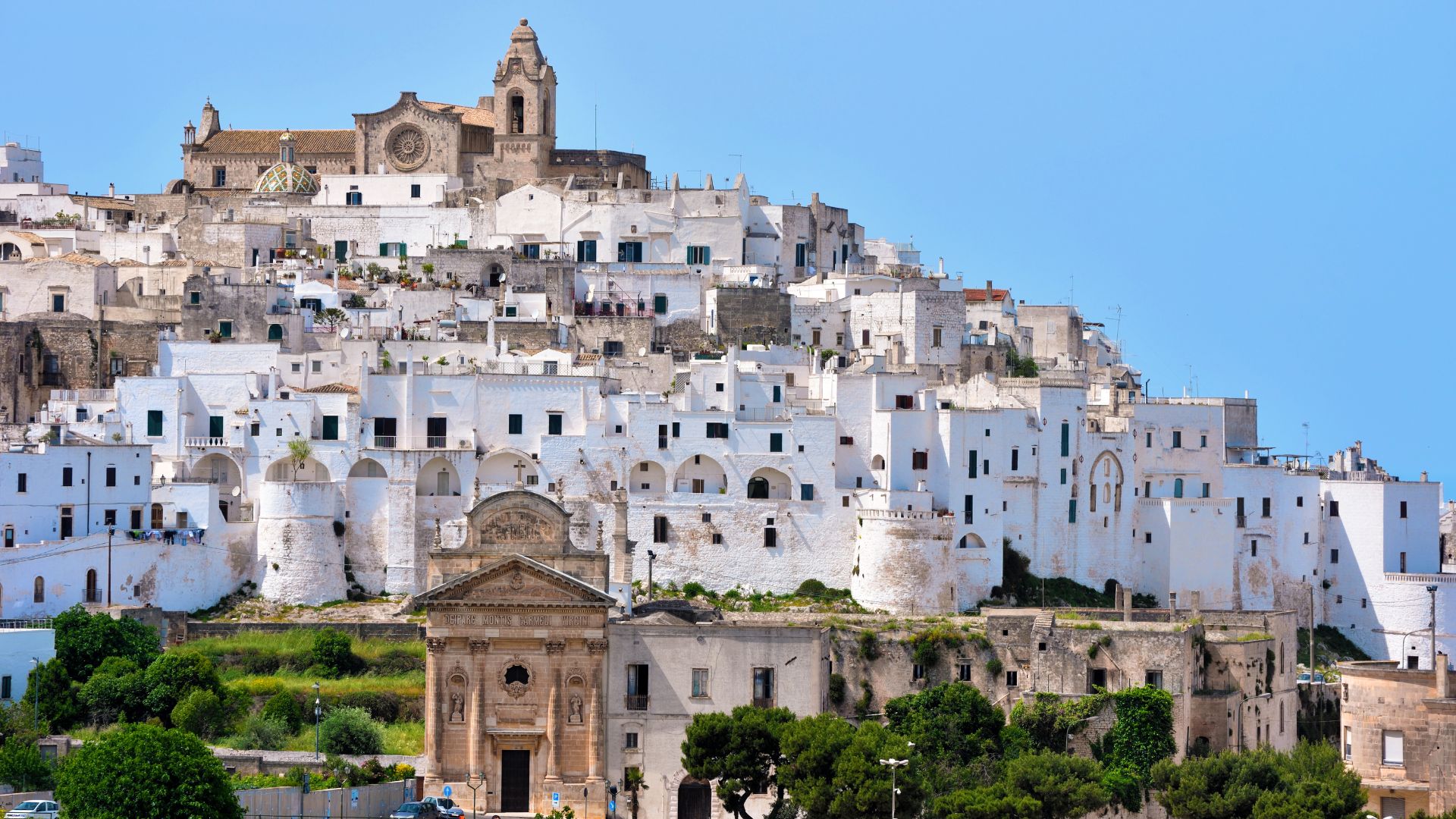
Understanding Trulli and Trulli Houses
You can’t talk about Valle d’Itria without mentioning the trulli. These stone houses with conical roofs are the region’s calling card and have even snagged UNESCO World Heritage status.
I spent days poking around these buildings, trying to figure out how people built them with just limestone rocks—no mortar at all. The thick walls somehow keep things cool in summer and warm in winter. Genius, right?
Each trullo has symbols painted on the roof—zodiac signs, religious motifs, you name it. Locals say they ward off bad luck or evil spirits. Maybe superstition, maybe not, but they give each house a story.
Originally, people built trulli as storage or field shelters. Now, many have become cozy homes or vacation rentals. I stayed in one with all the modern comforts, but still full of old-world charm. It felt like sleeping inside a piece of history.
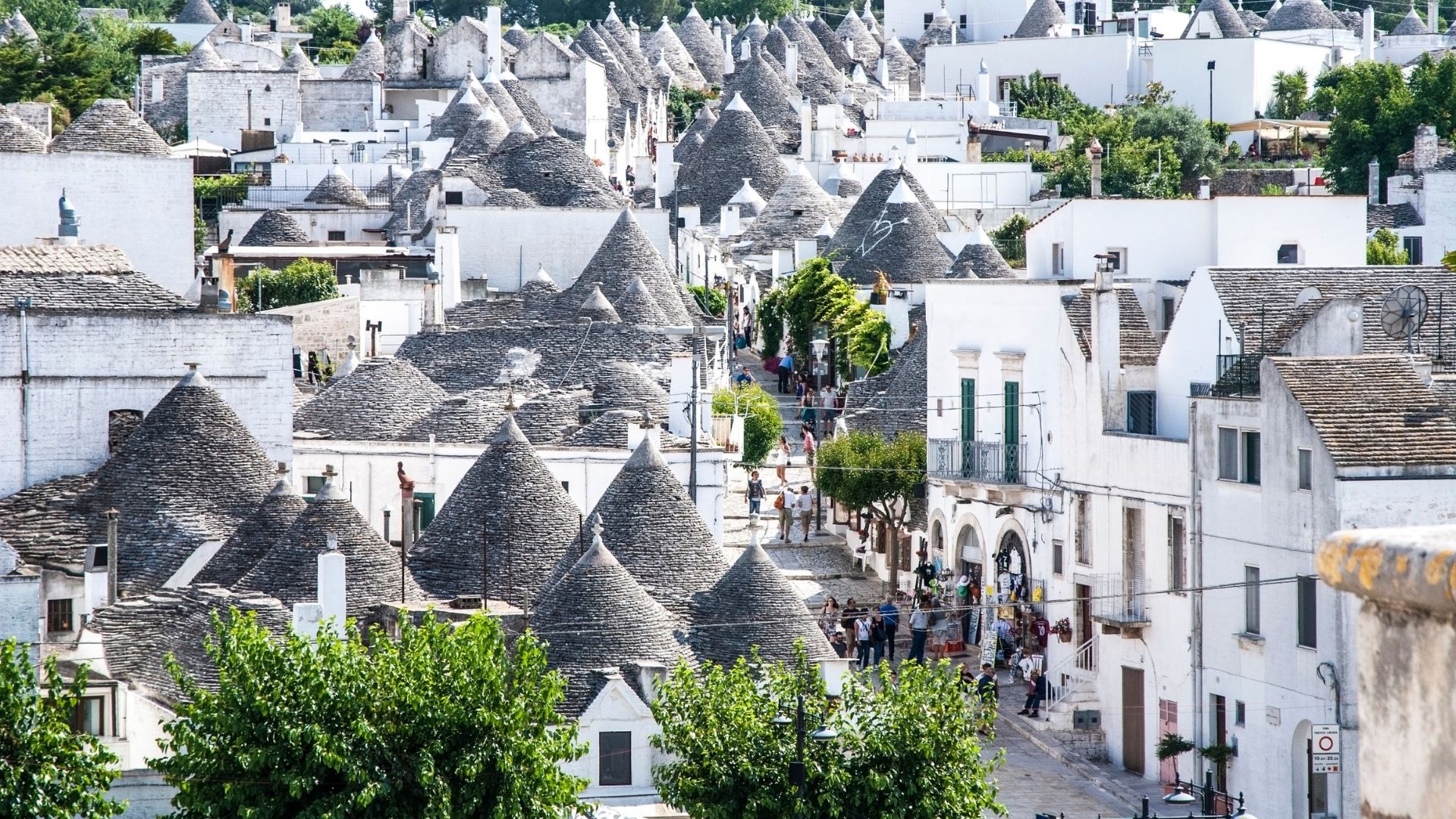
Exploring Charming Towns and UNESCO Heritage
Valle d’Itria’s countryside is sprinkled with picture-perfect towns, each with its personality. From the UNESCO-listed trulli of Alberobello to Locorotondo’s unique circular plan, these towns let you peek into Puglia’s past and present.
Alberobello: Iconic Trulli and UNESCO Status
I spent a whole day wandering around Alberobello. It’s the crown jewel of trulli architecture and has held UNESCO World Heritage status since 1996.
The Rione Monti district alone packs in over a thousand trulli, their cone roofs creating a scene that feels almost unreal.
These days, many trulli house artisan shops, little cafés, and museums. Trullo Sovrano stood out for me—it’s the only two-story trullo in town, and it gives a real sense of how people lived.
If you can, visit Alberobello early in the morning. The crowds haven’t arrived yet, and you can climb up to the belvedere for a sweeping view of all those cones. Even with tourists around, Alberobello keeps its authentic vibe, especially in the quieter Aia Piccola area.
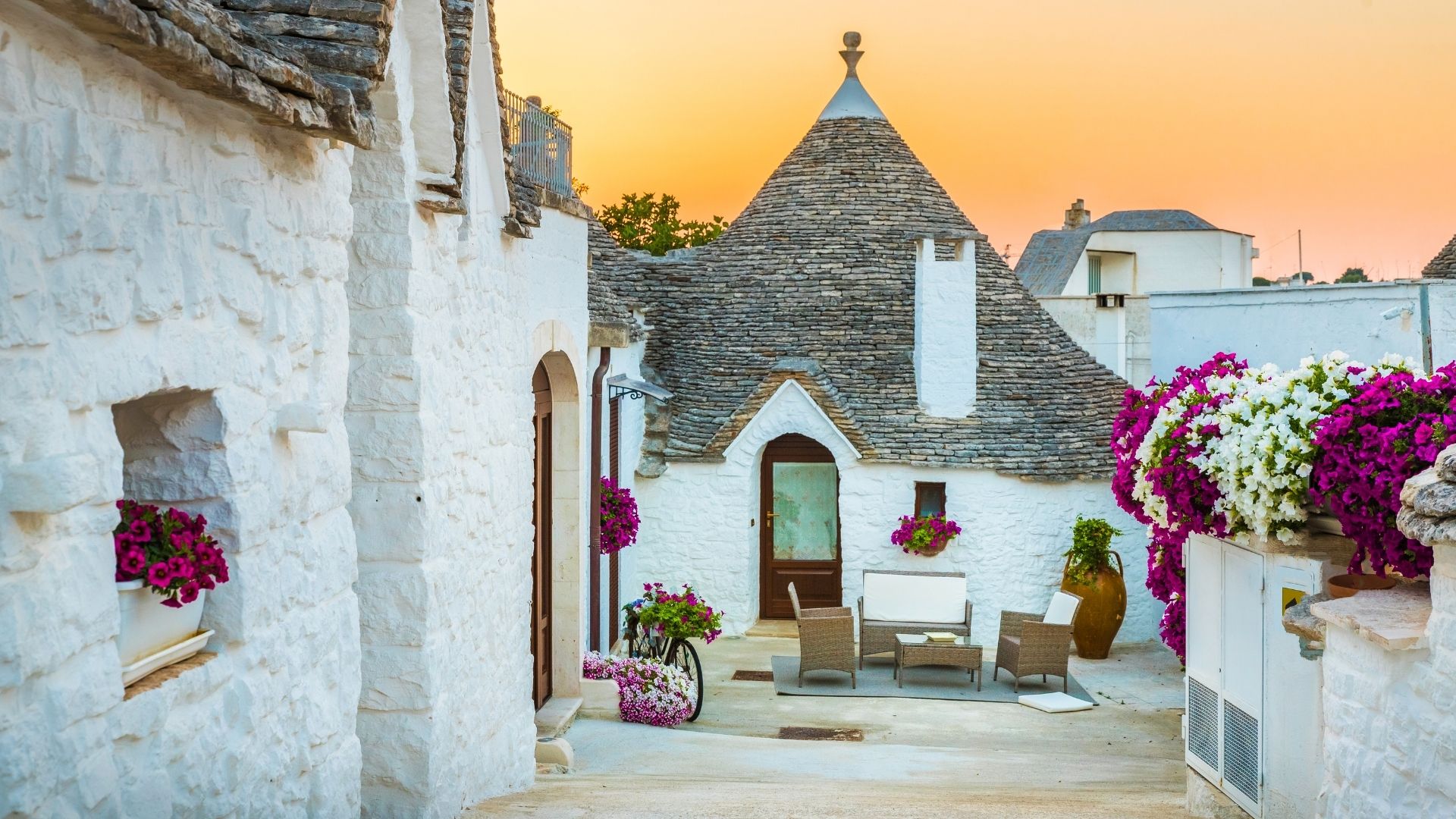
Locorotondo: Whitewashed Streets and Vineyards
Just a short drive from Alberobello, I found Locorotondo. The name means “round place,” which makes sense once you see its circular layout.
The old town is a maze of whitewashed buildings with pointed gable roofs called “cummerse.” Flowers spill from balconies everywhere, so it’s basically a photographer’s dream.
Locorotondo is known for crisp white wines. I popped into a few cantinas and tried the DOC wines—refreshing and just right on a warm afternoon. The town’s terraces offer sweeping views over the countryside.
As I wandered the narrow lanes, I barely saw any souvenir shops. Just locals and small businesses doing their thing.
Martina Franca and Its Baroque Elegance
Martina Franca felt completely different—grander, somehow. The baroque architecture stands out, with ornate palazzi, fancy doorways, and impressive churches.
I started at Palazzo Ducale, once the duke’s home and now the town hall. The façade and inner courtyard show off the town’s former wealth.
Basilica di San Martino, with its lavish interior, is the religious heart of the place. In summer, Martina Franca hosts the Valle d’Itria Festival, drawing opera lovers from everywhere.
Food-wise, the town’s famous for capocollo, a cured meat I tried at a tiny salumeria tucked in the old quarter. It was delicious—salty, rich, and a little smoky.
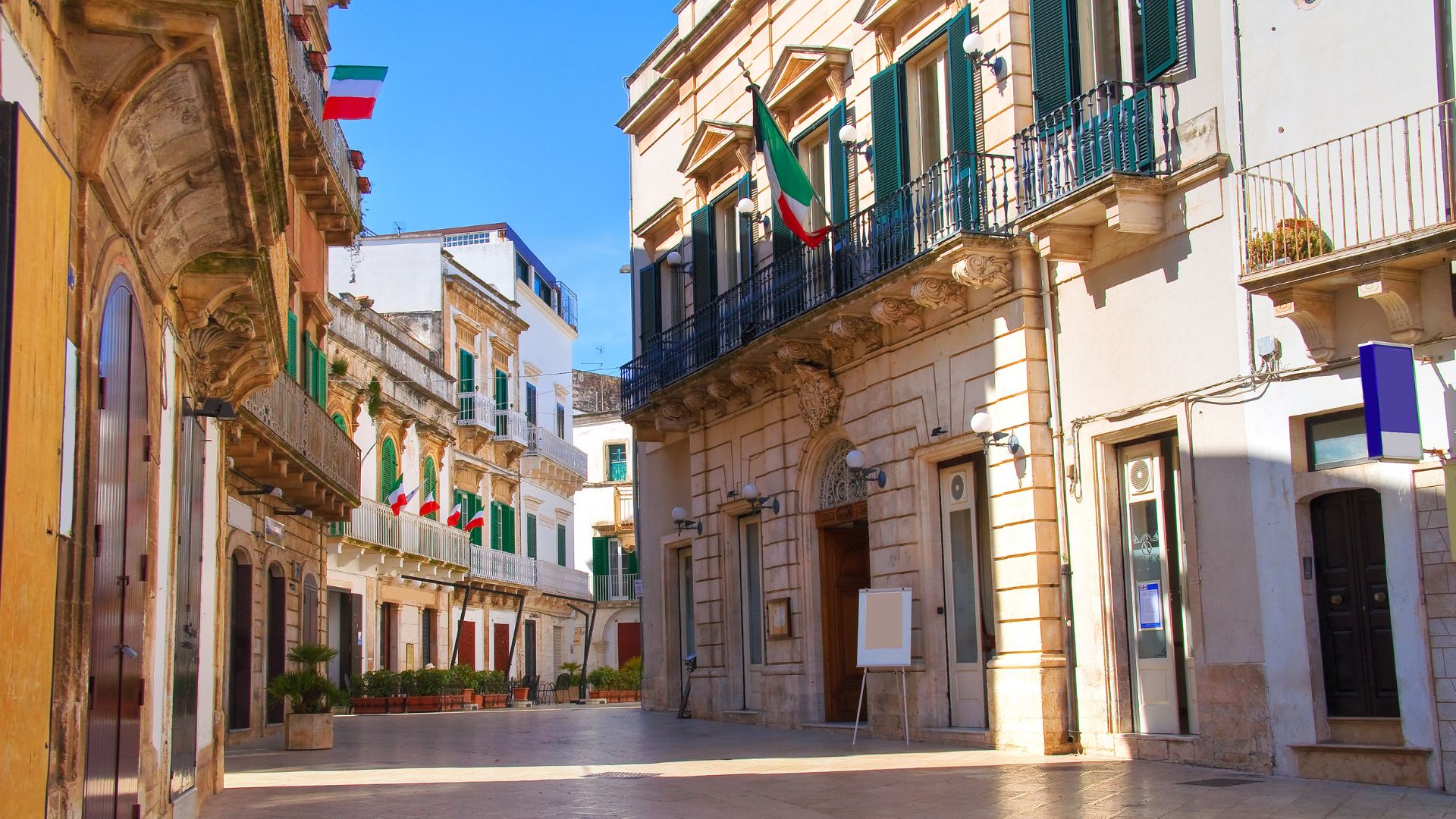
Cisternino: Authentic Flavors and Views
Cisternino felt the most untouched by tourism. Its compact center is a maze of tight lanes, arches, and piazzas that suddenly open up to stunning valley views.
The town is known for its fornelli pronti—butcher shops where you pick your meat and they grill it for you right there. I had a fantastic dinner at one, perched on a quiet alley.
Torre Normanno-Sveva gives you the best view over the olive groves and scattered trulli. The pace here is slow, perfect for wandering and discovering little surprises.
In the evenings, locals gather in the central piazza for an aperitivo. I joined them, soaking up the atmosphere and feeling like I finally got a glimpse of real Puglian life.
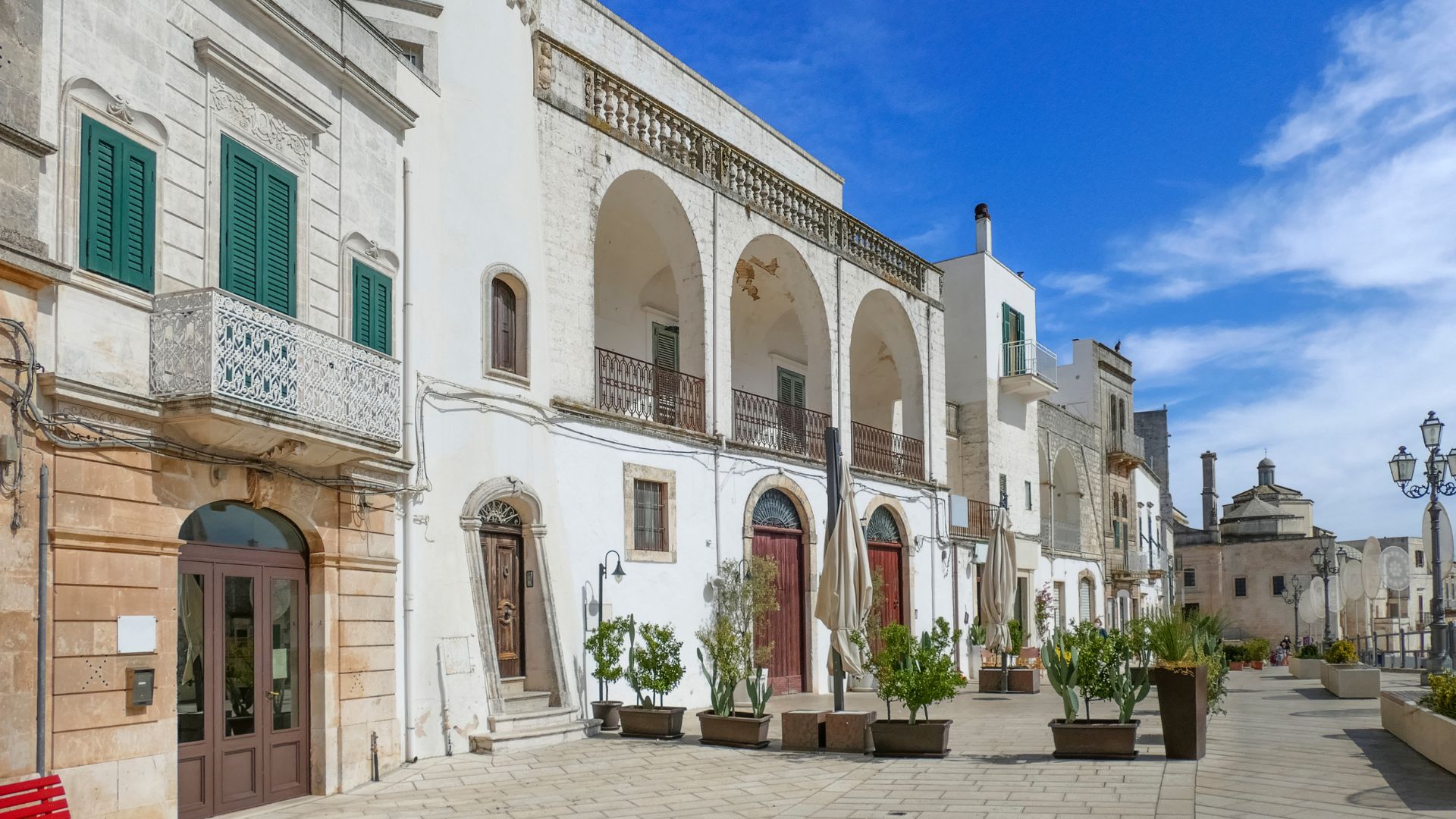
Flavors of the Countryside: Food, Wine, and Creative Cuisine
Valle d’Itria is a feast for the senses, honestly. The food traditions and local ingredients make every meal memorable.
Traditional Dishes and Orecchiette
Walking through the villages, I quickly realized that food here tells the story of the land. Orecchiette pasta is the star—those “little ears” are handmade by local women who’ve perfected the art over decades.
In Cisternino, I tried bombette—small pork rolls stuffed with cheese and herbs, then grilled. Pair them with a glass of local red and you’re set.
Martina Franca’s capocollo is another must. The unique aging process gives it a flavor you just can’t find elsewhere.
Breakfast is simple but satisfying. Fresh bread, local honey, and strong coffee while watching the sun rise over the fields—what more could you want?
Wineries and Vineyard Experiences
The hills of Valle d’Itria are dotted with vineyards, making distinctive wines. I’ve spent lazy afternoons visiting family-run estates, chatting with winemakers who genuinely love what they do.
Most wineries offer tours that walk you through the vines and cellars. Tastings usually come with local snacks and plenty of stories.
Grape varieties like Verdeca and Bianco d’Alessano produce crisp whites, while Primitivo and Negroamaro are behind the bold reds.
What I love most here is the intimacy. Often, the person pouring your wine is the same one who made it. That’s pretty special.
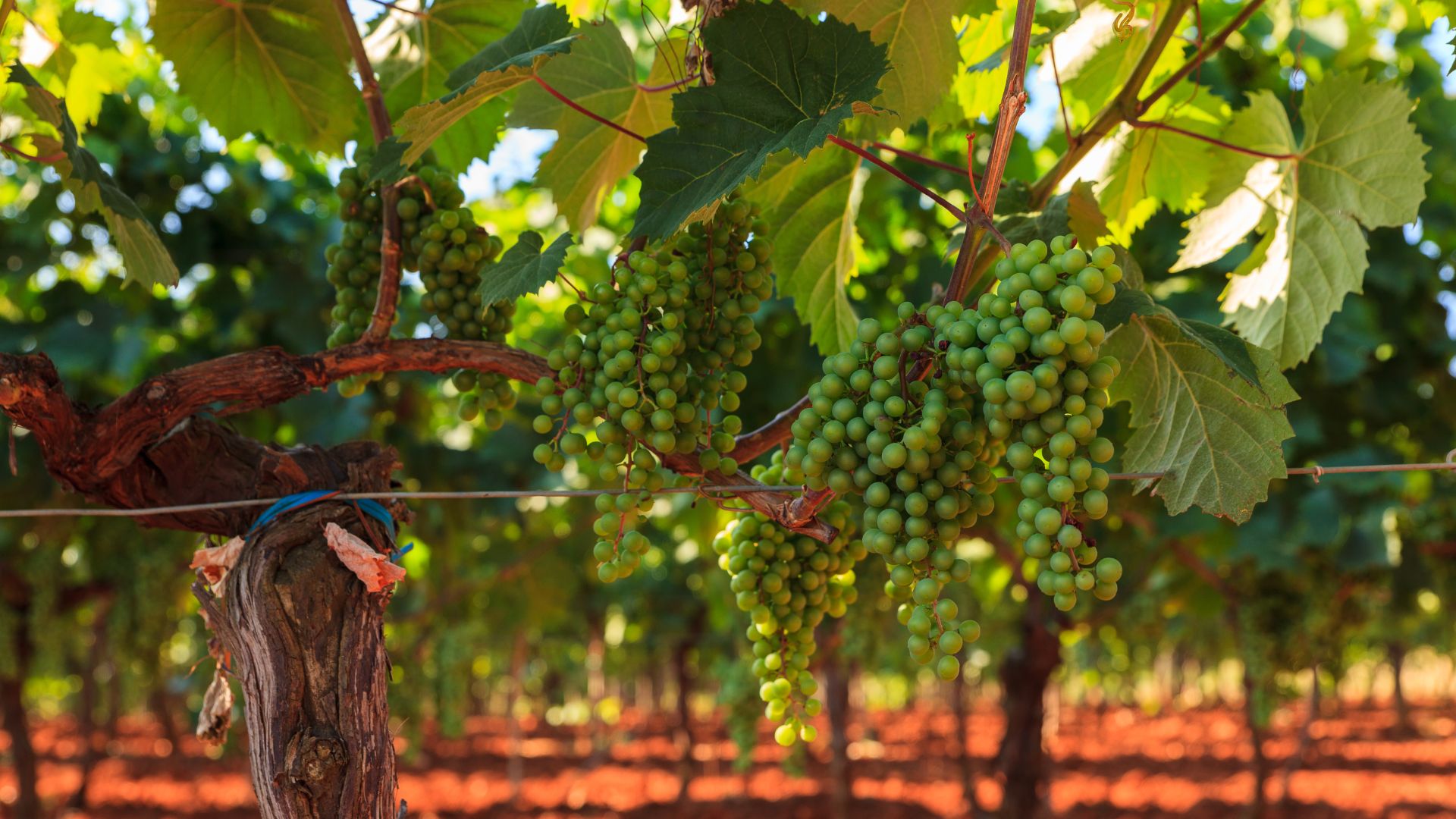
Olive Oil and Fresh Local Produce
Olive trees dominate the landscape, and the oil they produce is liquid gold. The flavor is peppery, bright, and makes even simple dishes shine.
I’ve visited small farms where olive harvesting is still a community affair. Many offer tastings, teaching you how to spot the good stuff.
Markets burst with fresh produce—fava beans, wild chicory, artichokes. You see these ingredients everywhere in local cooking.
Because the coast is close, fresh fish shows up on menus too. Usually, chefs keep things simple—just a grill and a squeeze of lemon. The mix of land and sea flavors is rustic yet somehow refined.
Nature, Active Adventures, and Leisure
Valle d’Itria is a playground for anyone who loves the outdoors. Whether you want to hike, bike, or just chill, there’s always something to do.
Hiking Through Olive Groves and Rolling Hills
Hiking here is one of my favorite ways to see the region. Trails wind through olive groves and over limestone hills, the red soil contrasting with silvery leaves.
Some farms welcome hikers, and you might even get to sample fresh olive oil along the way.
Spring and fall are the best times to hike—mild weather, fewer bugs. Bring water and good shoes; some paths get rocky. Local guides can point you to routes linking villages, so you get a taste of both nature and culture.
Cycling and Walking Tours
Cycling through Valle d’Itria is catching on, and I get why. The rolling hills are gentle enough for casual riders but still interesting.
A few companies rent bikes and run guided tours. I tried Slow Active Tours—they handled everything, from bikes to where I’d sleep. Some tours stop at masserie (farmhouses) for food tastings, which is a nice touch.
Walking tours are a great way to see the countryside too. I joined a group between Alberobello and Locorotondo, and our guide shared stories about local traditions as we walked.
If you prefer going solo, plenty of marked trails connect the towns. Most are well-kept, with shade and places to rest.
Swimming Spots and Beaches
When the summer heat gets intense, I escape to the Adriatic coast, just half an hour from Valle d’Itria. The coastline offers sandy stretches and rocky coves with ridiculously clear water.
Some favorite swimming spots:
- Polignano a Mare: Dramatic cliffs and a tiny beach
- Torre Canne: Great for families, with shallow water and soft sand
- Monopoli: A charming town with several small coves
The sea is warm from June to September. Even in peak season, you can find quiet spots if you go early or try the lesser-known beaches.
Most beaches rent out chairs and umbrellas, but I usually bring my stuff and stick to the public areas. After a day outdoors, nothing beats a swim in the cool Adriatic.
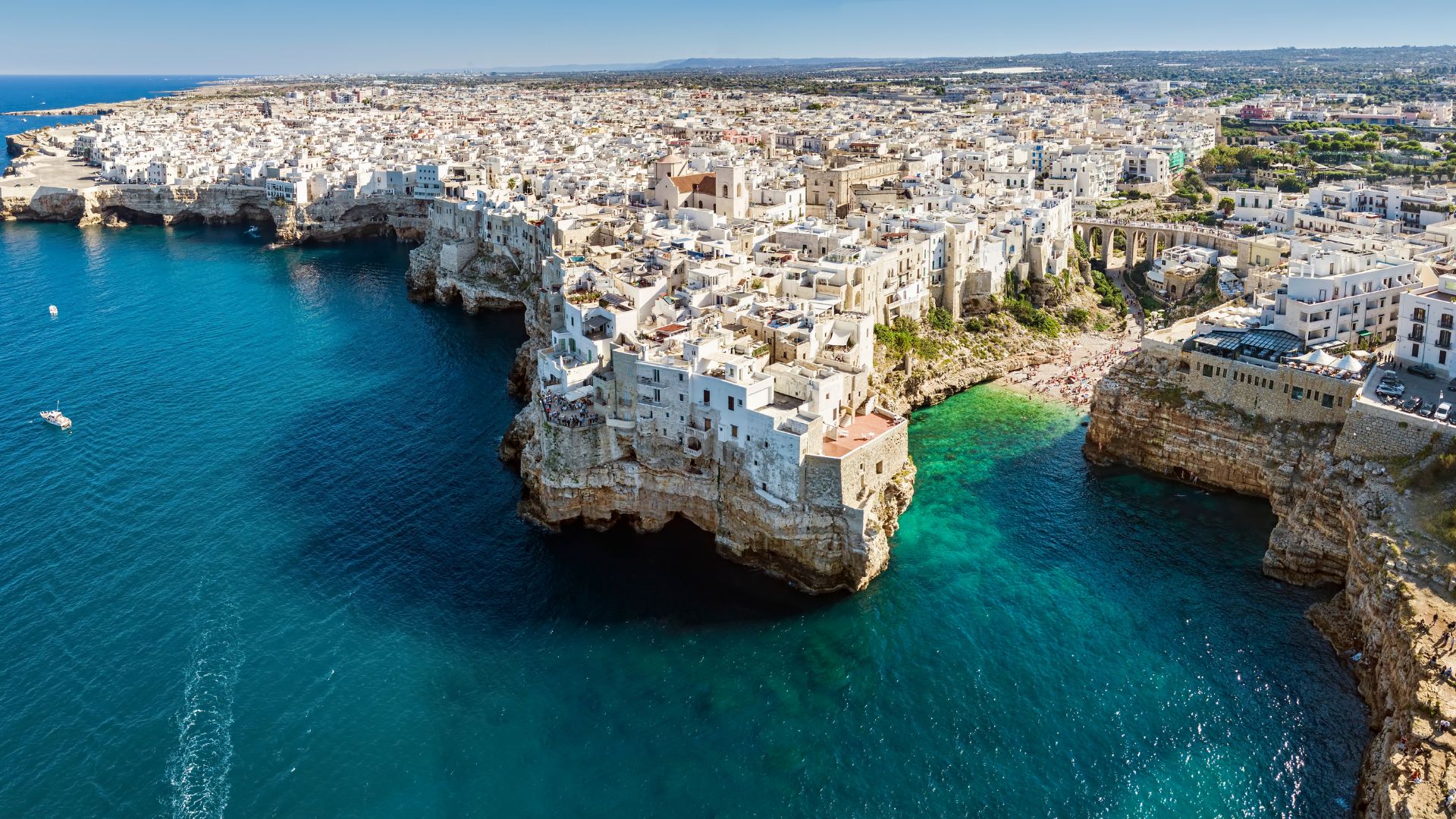
Accommodation and Experiences in Trulli Land
If you stay in Valle d’Itria, you’ll get a real taste of the region’s iconic architecture. I honestly think sleeping in these limestone dwellings connects you to centuries of Puglian history while still letting you enjoy modern comforts.
Staying in a Trullo: Unique Places to Sleep
As I traveled through Valle d’Itria, I noticed that many trulli have been lovingly renovated as vacation rentals. The Melograno Trulli near Martina Franca stood out to me—two separate bedrooms, a kitchen, modern bathrooms, and air conditioning made it feel both authentic and comfortable.
You get the best of both worlds in these places: genuine character and the essentials you need. Most spots include private parking and outdoor areas, so I could sip my morning coffee and stare out at the olive groves.
Breakfasts here usually highlight local specialties. Fresh ricotta, homemade jams, and bread that’s still warm—honestly, the owners go out of their way to give you a taste of real Puglian hospitality.
Boutique Stays and Traditional Masserie
If you want something more upscale, I’d suggest checking out the region’s boutique trulli properties. These places offer luxury touches like open-air baths and private pools, but they don’t lose that unique architectural vibe.
Trullo Tramonto grabbed my attention with its private pool and classic design, and it’s in a great spot for exploring both Valle d’Itria and Salento. You get historical charm and modern luxury all at once.
Traditional masserie—those fortified farmhouses—are another option I really liked. These estates often have several renovated trulli on big grounds. I once stayed at a place where breakfast came straight from the garden, and honestly, it doesn’t get more farm-to-table than that.
A lot of these accommodations come with barbecue setups and outdoor dining spaces. I loved spending warm Puglian evenings under the stars, grilling and relaxing outside.
Beyond Valle d’Itria: Inspiring Day Trips
Valle d’Itria has plenty to offer, but the surrounding areas of Puglia bring even more to the table. You can find day trips that show off different sides of Italian culture, architecture, and history.
Ostuni: The White City
Ostuni sits on a hill just 30 minutes from the heart of Valle d’Itria. The whitewashed buildings glow against the blue sky, and honestly, it’s hard not to stop for photos every few steps.
I wandered through narrow streets, stumbling on shops selling local olive oil and ceramics. The cathedral is the real highlight, with a rose window that catches the afternoon sun in the most magical way.
If you climb up to the city walls, you’ll get sweeping views of olive groves running toward the Adriatic. Ostuni works well as a base for exploring both the valley and the coast, since beaches are just a quick 10-minute drive away.
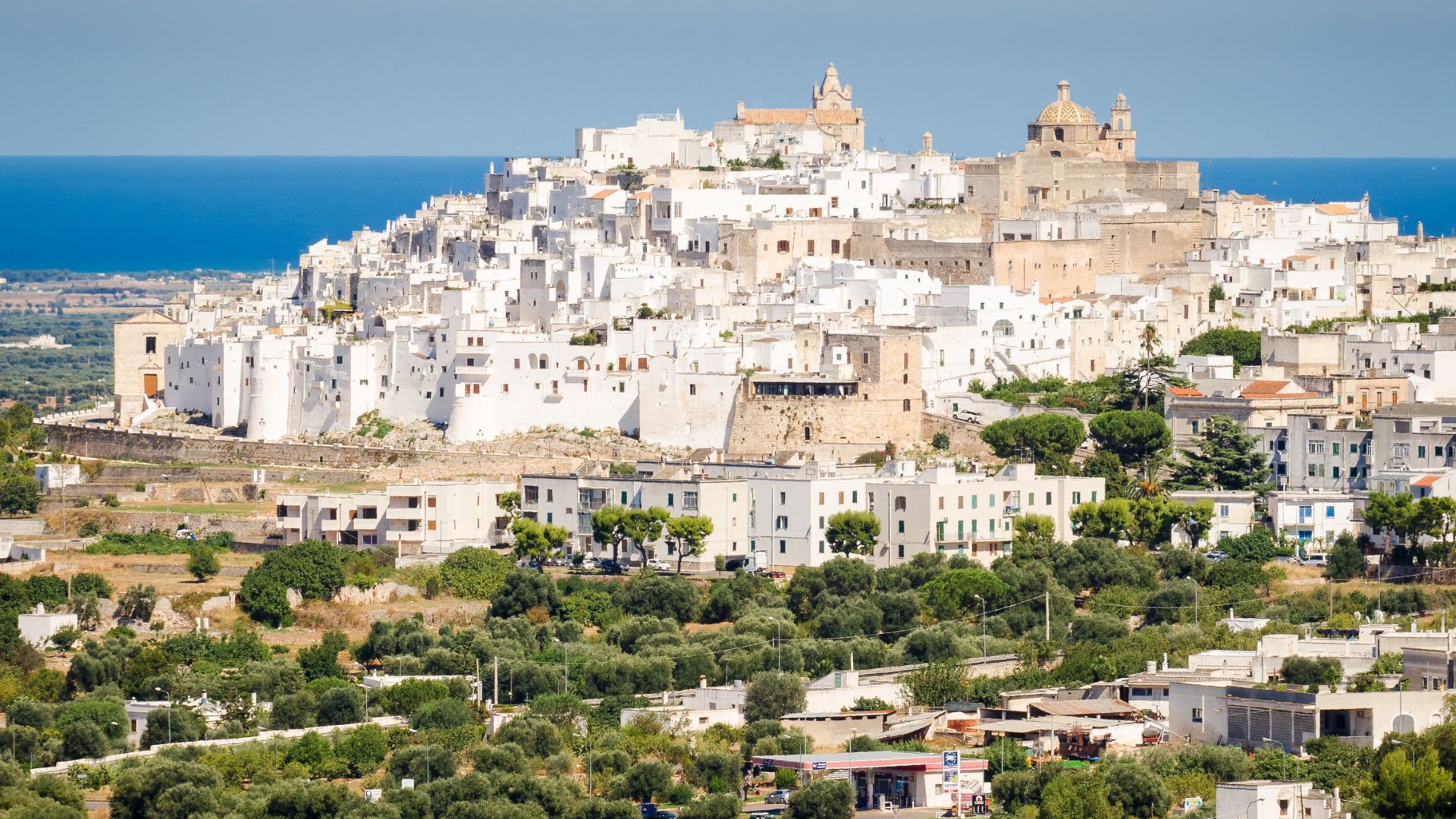
Matera: Ancient Stone City
Head just across the regional border into Basilicata and you’ll find Matera, one of the oldest continuously inhabited places on earth. The drive from Valle d’Itria takes about an hour and a half, but it’s worth it.
Matera’s sassi (ancient cave dwellings) are carved into limestone cliffs and create a landscape that feels almost unreal. I spent hours wandering these UNESCO-protected neighborhoods, amazed at how they’ve turned former slums into boutique hotels and restaurants.
You’ll notice the mix of old and new everywhere—cave homes next to art galleries and artisan shops. I booked a local guide, and the stories I heard about Matera’s past and transformation made the visit even better.
Visiting Bari and the Adriatic Coast
Bari, the capital of Puglia, feels completely different from the peaceful Valle d’Itria. It’s about an hour away by car, and the city buzzes with a mix of history and modern life.
In Bari Vecchia (Old Town), I watched women make orecchiette pasta right on their doorsteps—a tradition that goes back generations. The Basilica of San Nicola is a must, especially since it houses the remains of St. Nicholas (yep, the Santa Claus one).
You’ll find some stunning beaches along the Adriatic near Bari:
- Polignano a Mare: Known for its dramatic cliffs
- Monopoli: A fishing port with a charming historic center
- Torre Canne: Great for laid-back beach days
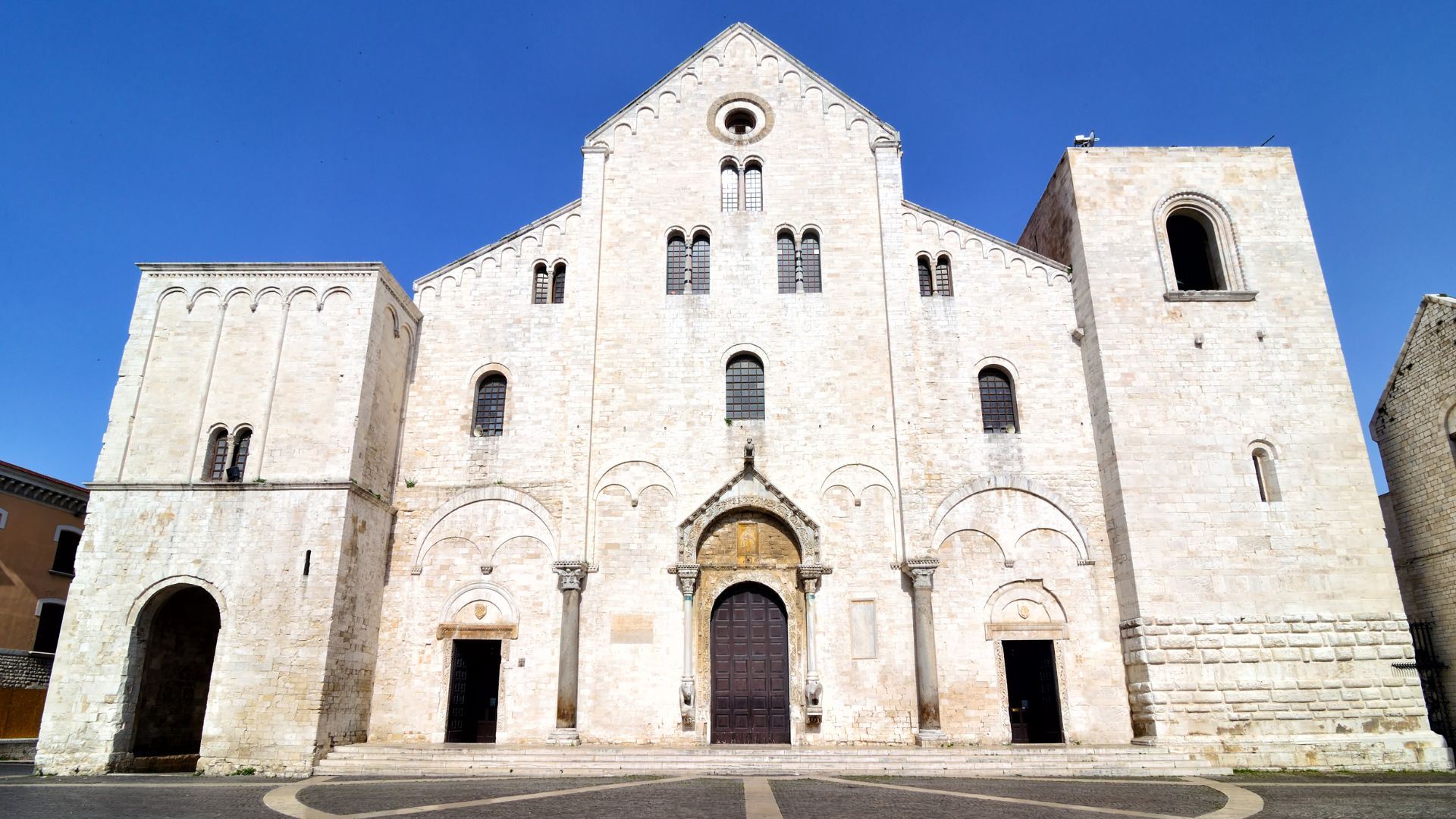
Connections to Milan and Florence
Okay, so Milan and Florence aren’t exactly day trips from Puglia, but you can reach both cities pretty easily. If you’re planning a longer Italian adventure, they’re worth a look.
You can hop on direct flights from Bari to Milan in about 2 hours, or to Florence in just 1.5 hours. That makes it simple to tack these cultural giants onto your Valle d’Itria itinerary.
I usually spend two or three days in either city, and honestly, they give you a whole different vibe compared to Puglia’s countryside. Milan is all about high fashion and that jaw-dropping Duomo.
Florence, on the other hand, has Renaissance gems like the Uffizi Gallery and the Ponte Vecchio—it’s a total feast for art lovers. If you want to explore northern Italy, both cities make great jumping-off points.
Here’s a tip: I always try to book these flights at least three months ahead, especially if I’m traveling in the busy season. It saves a headache and usually some cash.

